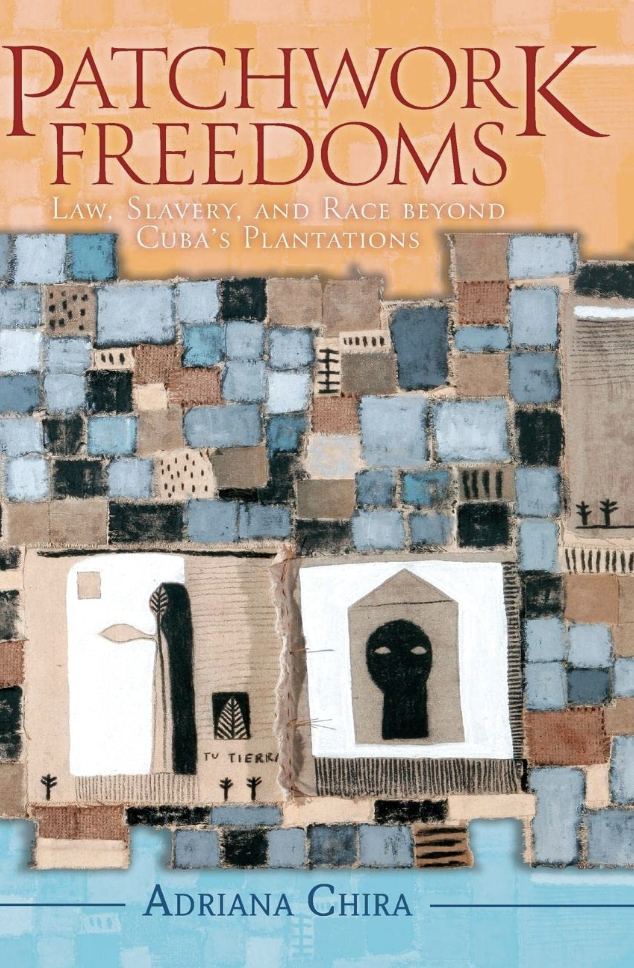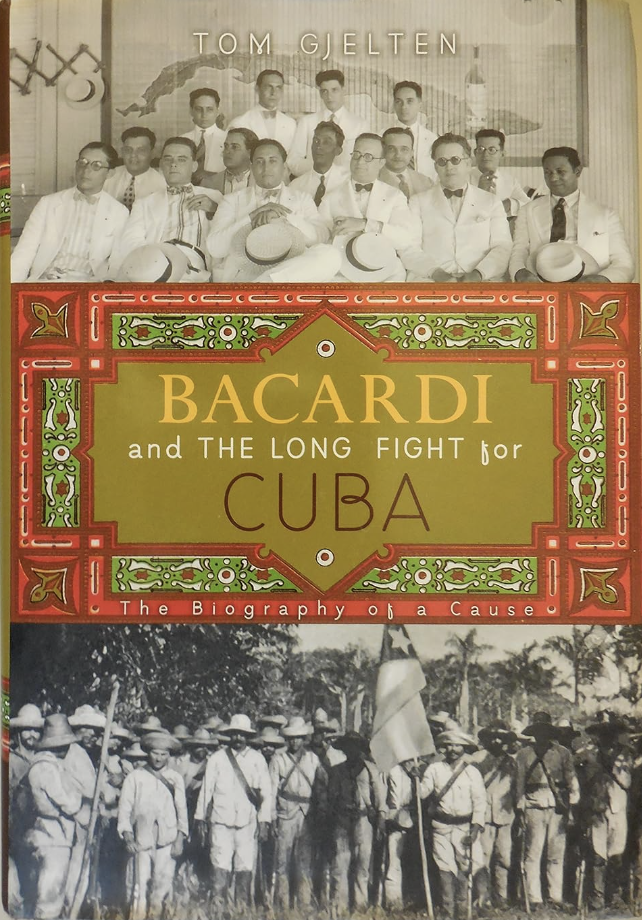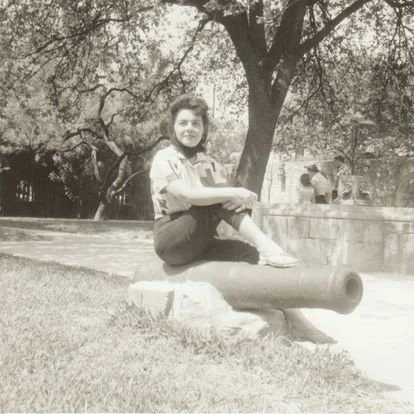The Feisty Side of Cuba
In my last post, I explained why I set my novel in the 1890s despite the fact that the grandmother who inspired the story was born in the 1920s. Basically, since the Cubans were fighting their final war of independence from Spain in the last decade of the nineteenth century, it just felt like a more exciting setting for a story. By the same logic, Oriente (Eastern Cuba) - the breeding ground of all three wars of independence - seemed the more exciting geographical setting.
But, if I knew little about Cuban history, I knew even less about Cuban geography or regional differences. To my chagrin, books on Oriente are few and far between, and those covering the city of Santiago de Cuba focus almost exclusively on the 1898 U.S. blockade and occupation.
I managed to find two excellent sources: Patchwork Freedoms by Adriana Chira and Bacardi and The Long Fight for Cuba by Tom Gjelten. The former delves into the ways that Afro-descended peasants in Oriente, through litigation and self-purchase, exploited the colonial legal system to gain their freedom and advance economically through land ownership. The latter presents Cuban history from the mid-nineteenth century through the lens of the rum dynasty of the Bacardis, Santiago de Cuba’s most famous family.
I was fascinated to discover just how different Eastern and Western Cuba were economically and culturally. In area, Cuba is similar in size to Tennessee (~42,000 square miles) but much longer and narrower: 770 miles long and an average of 60 miles wide, versus Tennessee’s 440 by 112 miles. The distance between Santiago de Cuba and Havana is roughly the distance between New York City and Charlotte, NC (~530 miles). You can see how, in an era before airports and highways, Oriente and Occidente (Western Cuba) were very much different worlds.
Whereas Occidente was the economic and cultural powerhouse of the island - the domain of the great sugar planters and the cosmopolitan merchants of Havana - Oriente was a relative backwater, downright barbaric in the eyes of occidentales, with its petty landowners, its indecorous mixing of the races, and its annoying revolutionary fervor.
The disdain was mutual. When, in 1896, rebel generals enthusiastically planned the invasion of Occidente, calculating (correctly, in retrospect, and to the chagrin of the propertied classes) that the only way to bring down Spain’s colonial regime was to bring down the sugar economy, many Eastern fighters balked and went home: their commanders may as well have asked them to march to the moon.
In my imagination, Oriente took on some of the profile of the Wild West and orientales some of the I’ll-do-as-I-please swagger of the cowboy.
During the 1895 War of Independence, also known as the Necessary War (La Guerra Necesaria), the mambises (Cuban independence fighters) quickly took control of the eastern countryside, but Spain held on to the cities. In Santiago de Cuba, the largest city in Oriente, the Spanish established checkpoints to limit travel to and from the countryside (the manigua, as it was called). But the city’s young men, poor and rich alike, skirted the checkpoints and stole off in droves to join the rebels. The city became a small Spanish stronghold hunkered down amid a sea of enemies. Santiagueros could look out of their windows at night and see the campfires of the mambises glowing in the surrounding mountains.
View of the bay and surrounding mountains from Santiago de Cuba, ca. 1900. The nicely paved road and power lines indicate that this is after the war, likely during the first U.S. occupation (1898-1902).
So Oriente, the feisty side of Cuba, was where I wanted to set my story, and Santiago de Cuba, the city caught in the tug-of-war between Spain and the rebels, was where I would let my characters’ drama play out.
Santiago de Cuba also holds a personal connection. My paternal grandmother, Maria de la Caridad Eguilior y Perea was born and raised in Santiago.
My paternal grandmother, ca. 1940
Before she died in 1998, she began writing a memoir (unfortunately, she only reached page 12), in which she left colorful details about her early life in Santiago, many of which I have cribbed for the novel. I’ve even given my character her exact address because why not?
A typewritten excerpt of my grandmother’s memoir where she mentions her address in Santiago de Cuba. I like how careful she was to add all the accents by hand.
This post is getting long, but there’s much more I want to say about Santiago de Cuba and Oriente. Stay tuned for future posts!





